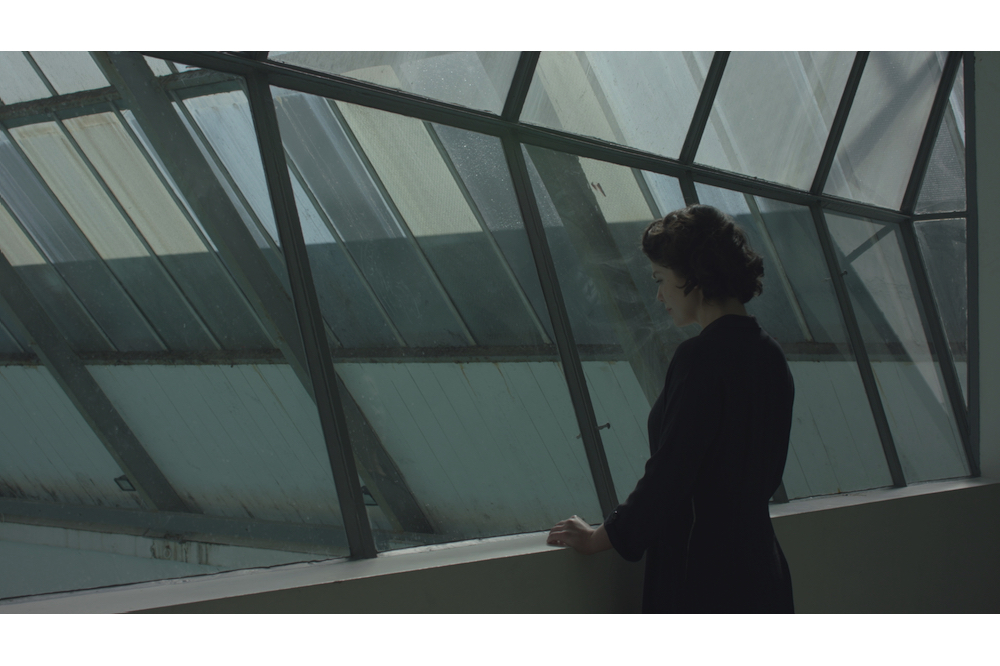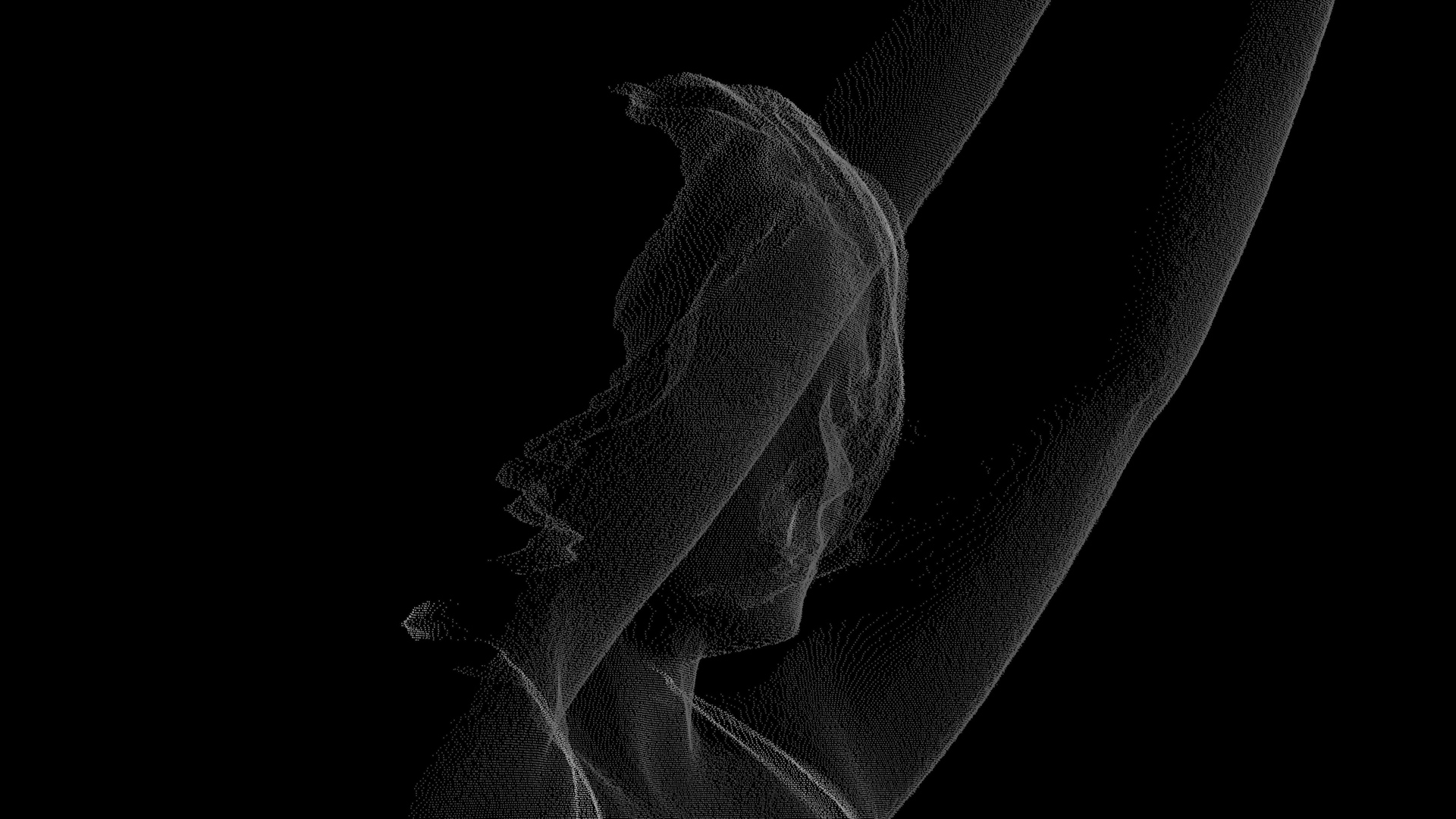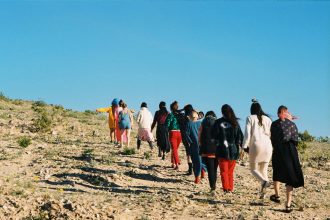The word “health” is contaminated with sickness. It contains within it a negation: of disease, or illness. Routinely, we only begin to understand our own health in its absence. Its natural signifiers are so normalized that we ignore them until they begin to fail or change: hair falls out, speech falters, teeth ache or blacken, movement slows, weight fluctuates. Focused as it is on pathology, Western medicine revolves around cure and prevention. Our society’s most visible attitudes towards health seemingly comprise their opposing forces: sickness and disorder.
Amidst this landscape of mainstream medicine, alternative practices have always surfaced. In 1926, doctors George Scott Williamson and Innes Hope Pearse founded the Pioneer Health Centre in Peckham, South East London. Run intermittently until 1950, it organized studies into the nature of health, viewed beyond the simple absence of disease. It focused not on curing illness, but instead on cultivating what we might now term “wellbeing” – for the individual, private body as part of a public, social organism. Artist Ilona Sagar’s solo exhibition Correspondence O at South London Gallery is born out of extensive research into the institution, which sits just twenty minutes away from the gallery. The exhibition features a two-channel moving image installation and a selection of archival material gathered from local communities, charities, and the center itself. Although Sagar’s work derives directly from this data, it stages more than a simple historical account of the unconventional institution. Incorporating the building’s utopian ideology and architecture, the technologies that dominate contemporary medicine, and the agency of the individual, Correspondence O examines our increasingly precarious relationship to public health, labor, and wellbeing.
Healthcare is not apolitical. Its delivery underscores the interconnected roles of the state, the market, and the people. Despite this complexity, however, the popular culture of “healthy living” tends to gloss over broader socioeconomic or political conditions. Instead, health service initiatives often equate public issues with personal habits. They parallel straightforward, simple life changes with the broader endgame of “health:” “be sugar smart,” “drop a drink size,” “eat just 5 portions of fruit & veg everyday.” In the last thirty years, this increasingly atomistic approach has cultivated a booming industry in self-tracking personal technology: pedometers, sleep apps, heart monitors, calorie counters, and the like. Although these devices may yield tangible benefits, they also foster the individualist notion that our health is solely determined by personal choices, and compel us to ignore their equally crucial social and economic contexts.
Rejecting this framework, the Pioneer Health Centre set out to rethink treatment of the isolated, single human body, outside of its network. Between 1926 and 1950, it organized the “Peckham Experiment,” in which doctors closely observed local working-class families in a social setting. In exchange for an annual fee and health check, residents had access to the purpose-built facility, which included a gym, cafe, billiards room, library, and swimming pool. Designed by architect Sir Owen Williams, the center was composed of wide-open spaces with glass walls, sliding doors, and cork floors. While this transparency acted as a symbol of open community, it also performed a biopolitical function: to create a living laboratory for observing residents.
The exhibition’s eponymous film presents a fragmented narrative. It follows a group of three young boys and a woman as they haunt the contemporary shell of the center. The boys hang from polished, wooden gymnastic rings that look big and austere around their hands. They gather around the communal pool, with grand vaulted arches and glass ceiling now dulled with age and surrounded by stained walls. Dressed in thick wool, white vests, swimming caps, and long swimming shorts, they appear as vestiges of an idealized past, since sold, refurbished, and replaced by newer models of “sociable” living in the form of a gated apartment complex. Archival footage of the center intersects with exterior shots of the redeveloped building, revealing extensive glass frontage that once promised openness, and now signals private ownership in the £500,000 price range.
As the young boys play in the gym, the female character undergoes an MRI scan: the clear, clinical tubes of the machine juxtaposed with the natural, fibrous ropes they climb. The 3-D imagery of her head is revealed, collapsing down through brain and bone like a pack of cards, while the technician grazes the back of his head with his hand, stroking the short length of his hair, close against his skull. Throughout Sagar’s film, the architecture of the body is paralleled with that of the Pioneer Health Centre, as structural drawings reveal the skeleton of the building and the innards of the communal pool, with its glass observation window looming above. Machines and processes for measuring the body’s internal workings interweave with those used in the construction industry: a LiDAR scanner (employed by surveyors to produce digital 3-D representations of building sites), the MRI machine, and a medical grip test become interchangeable tools for dissection. As Sagar exposes our insides – the private bodies and the public ones that house them – a spoken monologue details both the objectives and criticisms of public healthcare. The voice collapses medical instruction: “Take a deep breath, And turn your neck to the right” with the ideology of the center: “In the beginning it was about learning to walk, Learning to speak better or differently … To treat the healthy, not the sick.”
Split right down the middle, Sagar’s two-channel film highlights a disparity between contemporary individualistic attitudes towards health and the community-centric principles of the Pioneer Health Centre. In contrast to the technocratic language of public wellbeing, which insists on a personal accountability for one’s own health, the center promoted the nuance and importance of the living organism within its environment. Williamson and Pearse grounded their research in the idea that “each whole is related to every other whole through a greater whole in which we all share.” When the new National Health Service (NHS) was established in 1948, replacing the fractured landscape of UK healthcare models with one state-owned system, the center lost funding and was forced to close. A private system was replaced by a public one.
In the decades since its closure, the legacy of the Pioneer Health Centre has become clouded and contentious. The holistic care it offered to working-class families sits uneasily next to access fees, private donations, and constant scientific observation. Its internal workings starkly opposed the universalism of the NHS. However, since the 1990s, the NHS’s innate socialism has been undermined by gradual privatization instigated by the Conservative government, and continued in the Private Finance Initiative of New Labour throughout the following decade. In the current UK climate, the Pioneer Centre has come to represent the complexities of systems that are simultaneously private and public, accessible and protected. Now, as the NHS celebrates its 70th year, its financial ideology is no longer far removed from that of the health center it once opposed.
In Correspondence O Sagar scans human anatomy alongside the architecture of this symbolically charged institution: the “social capillaries” of retractable walls, the thin slivers of metal between windows manifesting as a fragile, minimal skeleton supporting a building of glass. This transparency was an architectural illusion. The “openness” of Williams’s design positioned the human body as a living currency, exchanged across the spaces and equipment of medicine and scientific research. Using the history of the center as a departure point, Sagar’s film interrogates the exchanges that define private and public systems. If human physicality is a currency, can health be circulated as capital? In our own private spheres, the concept of health is increasingly autonomous, governed by inward-looking technologies and self-organization, while our public systems face the insidious creep of privatization. As Sagar’s film collapses body parts with medical instruments, and opens architectural form with personal film footage, the once distinguishable gap between private and public begins to visibly disappear.



























